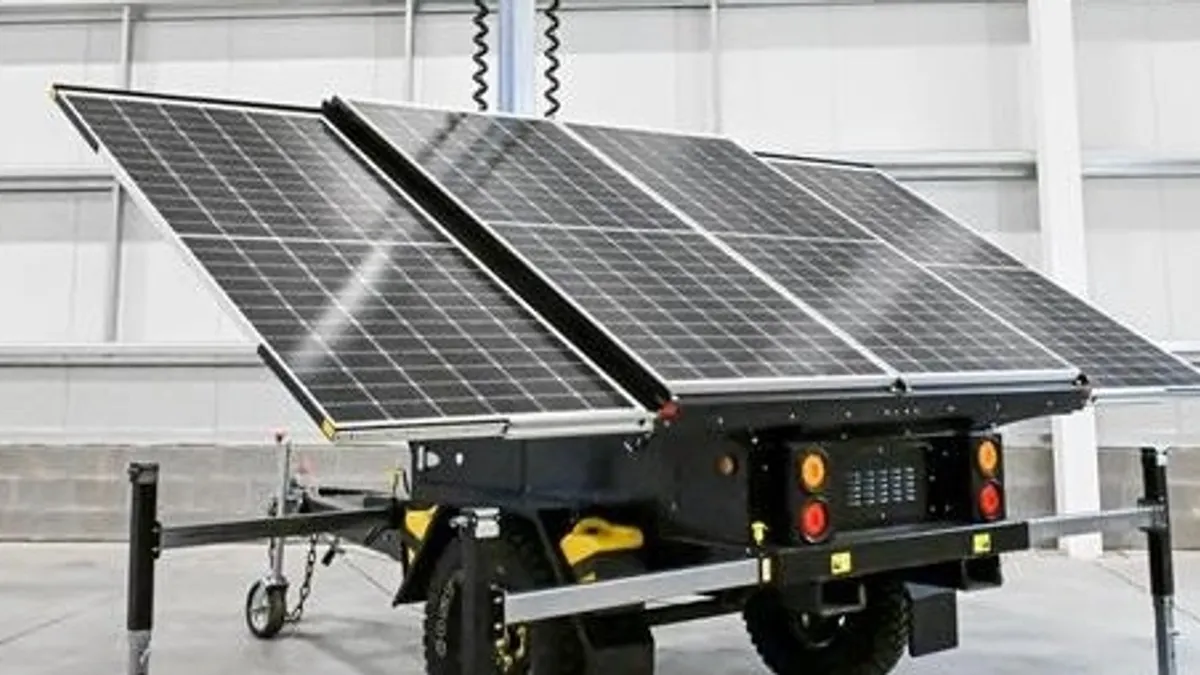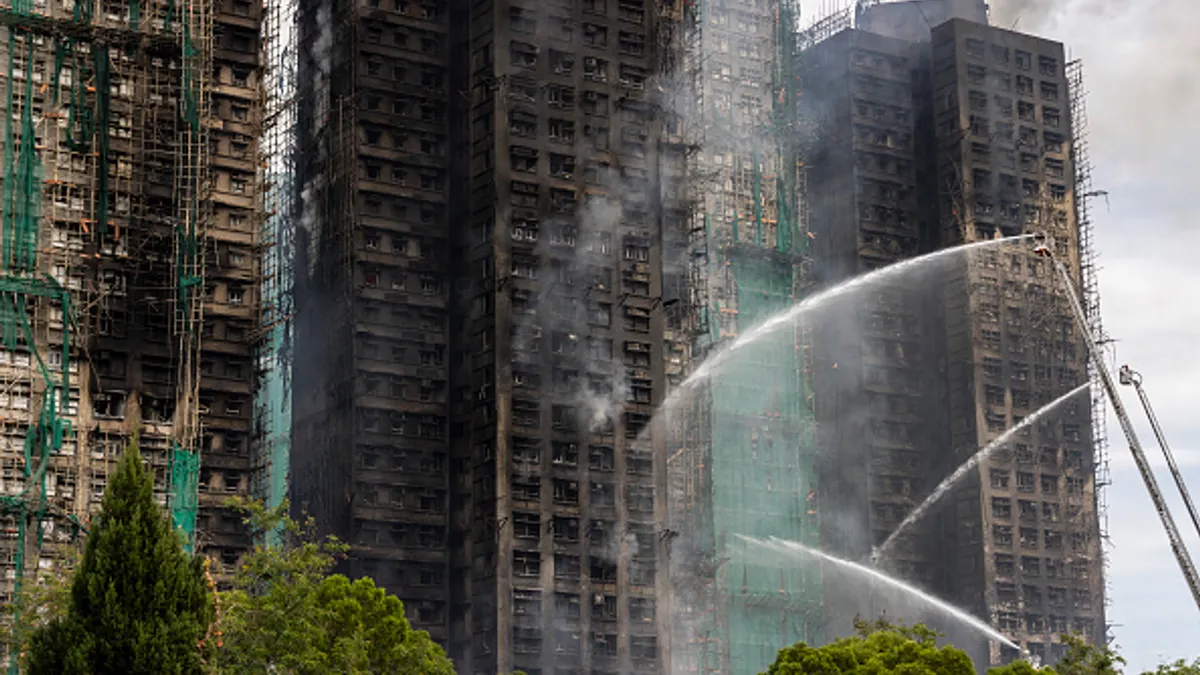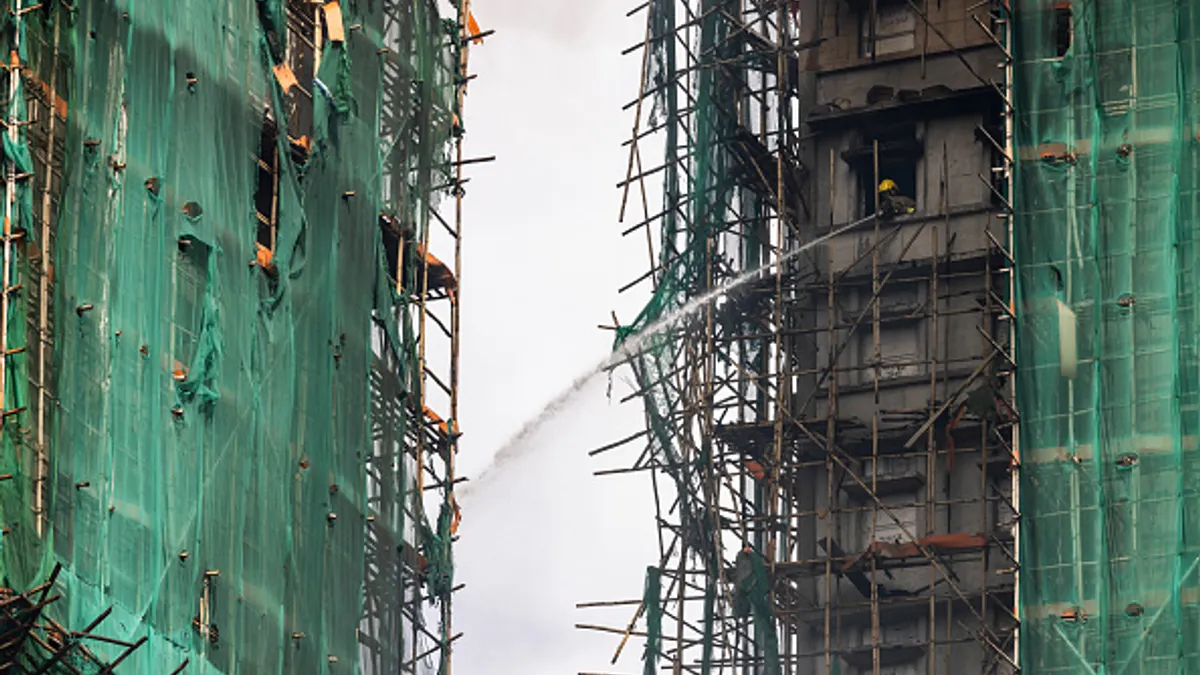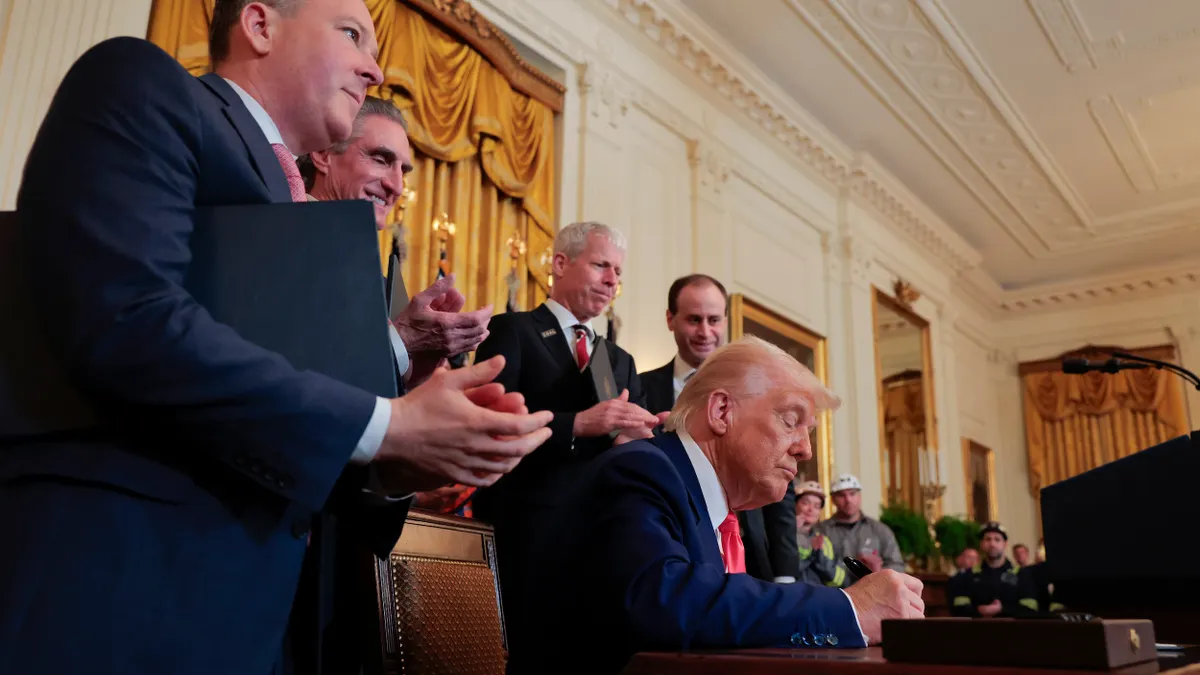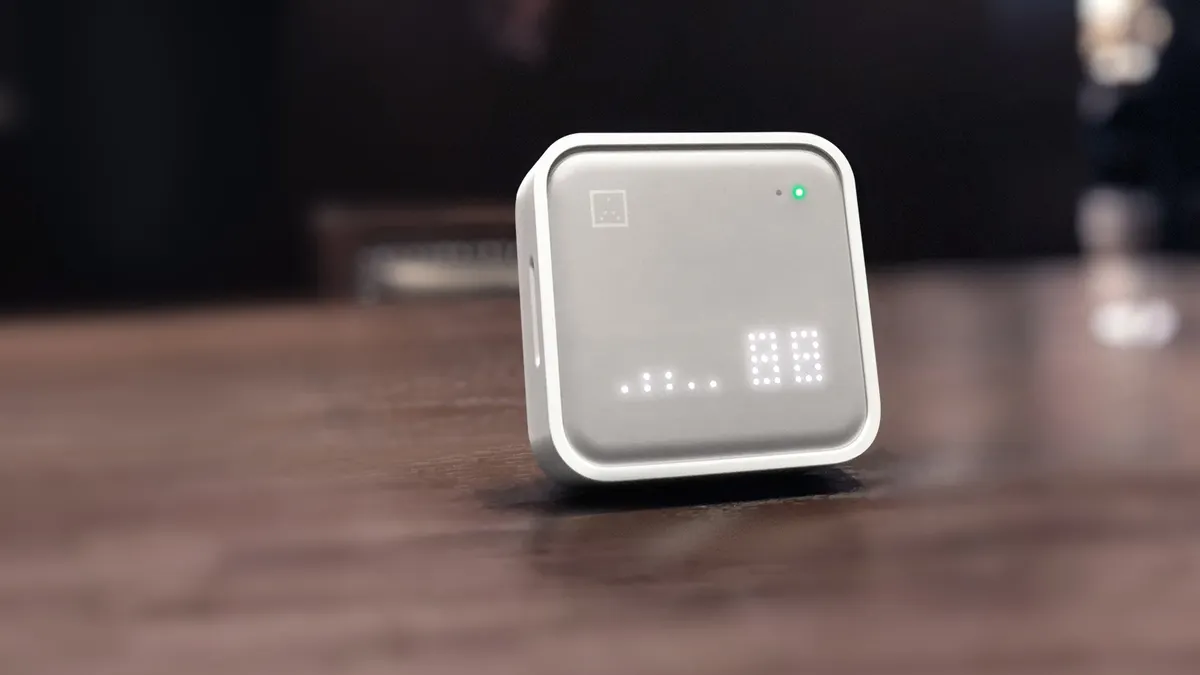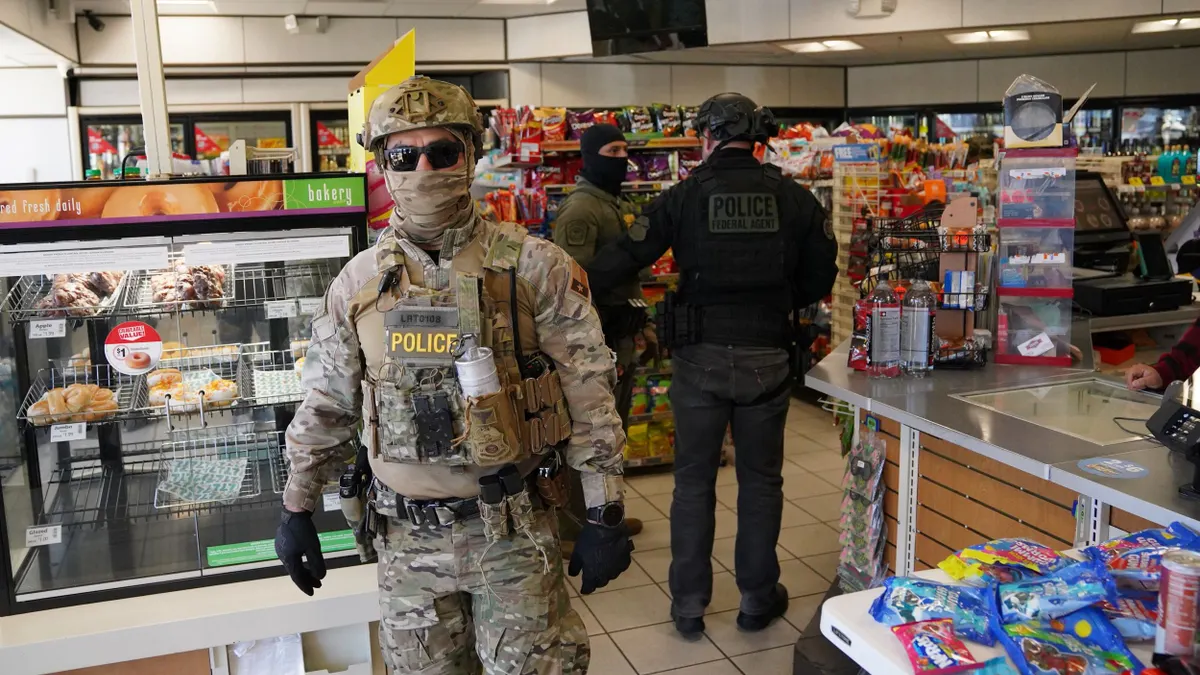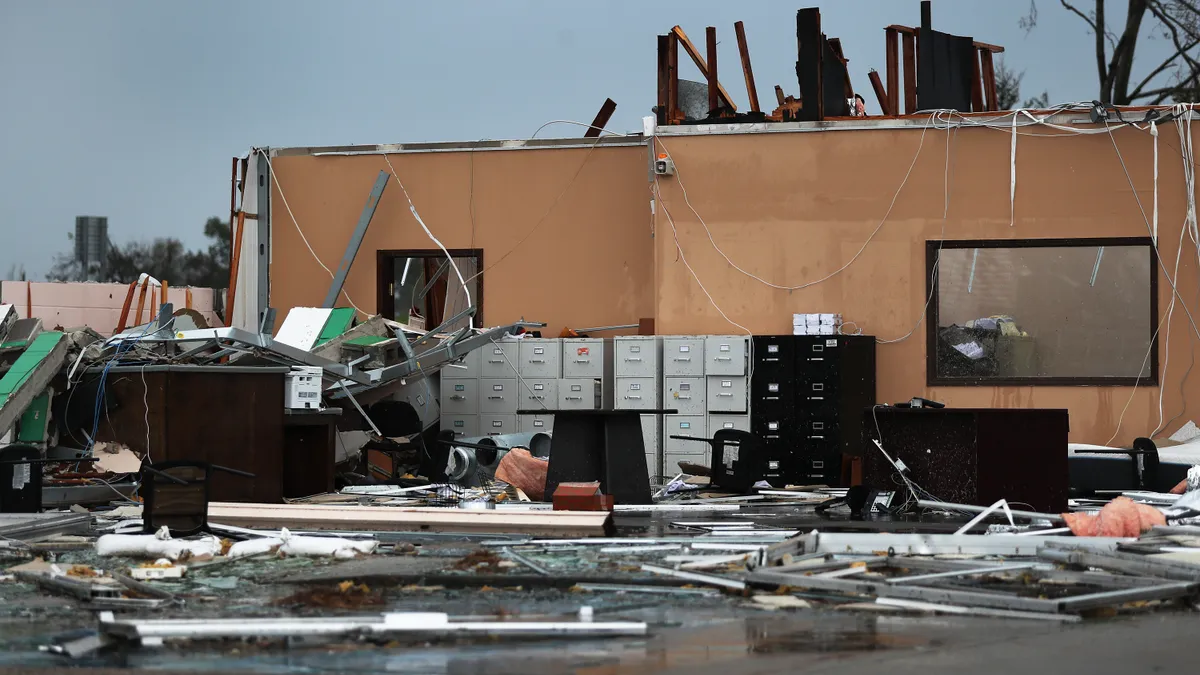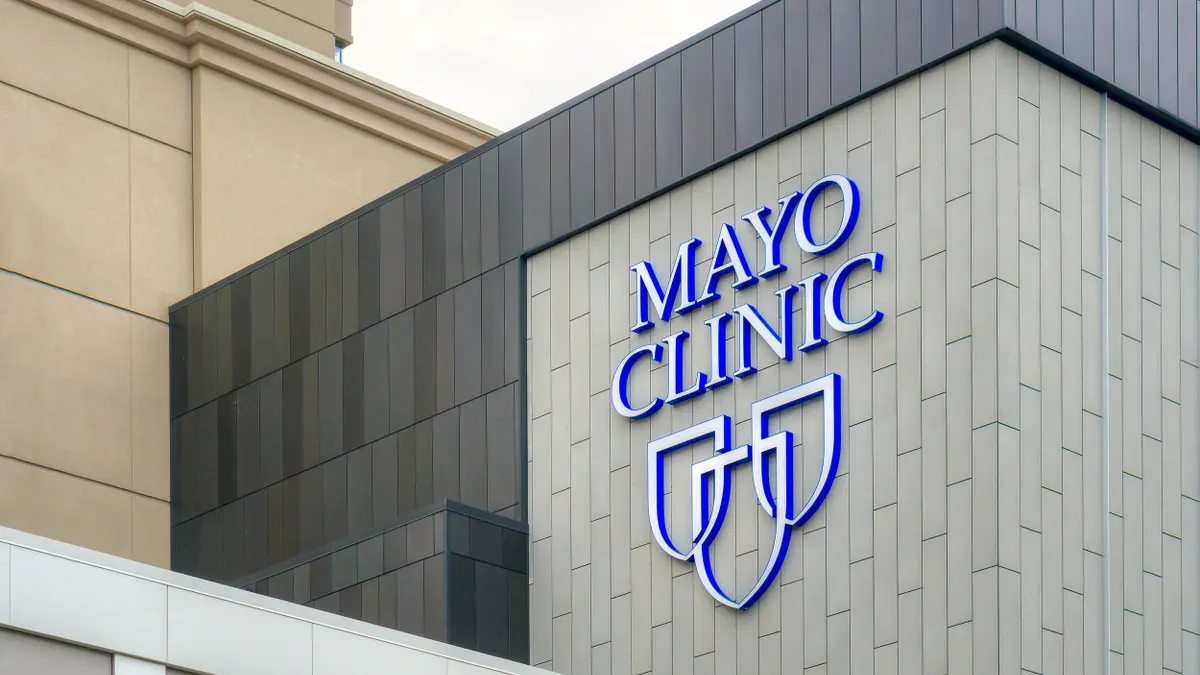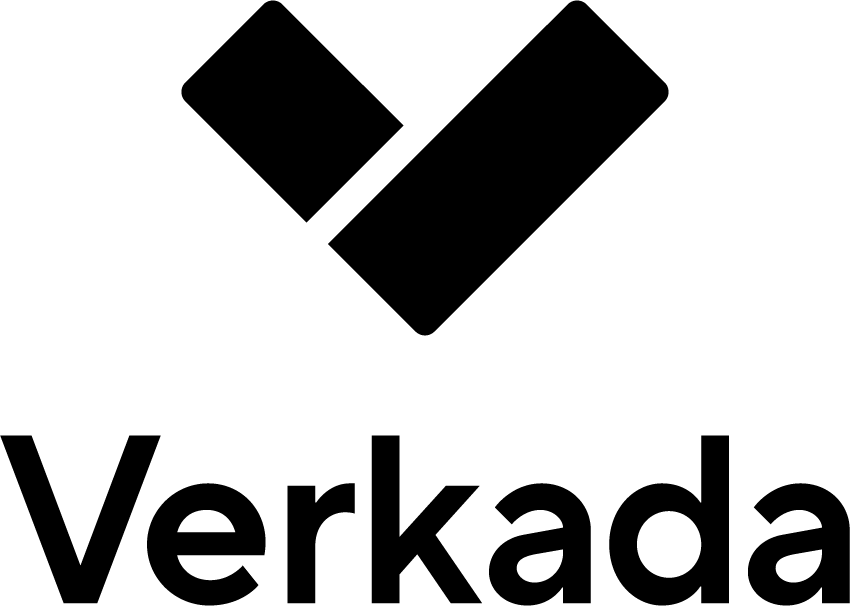The mobile surveillance trailers that have been a mainstay on construction sites are migrating to facilities as building operators look for ways to supplement security in the face of rising incidents, a security company executive says.
The low cost of streaming data over 4G and 5G cellular networks and the availability of AI-embedded cameras have made the use of mobile surveillance trailers a cost effective supplement to guards and cameras, Ken Poole, chief revenue officer at Security 101, said in an interview.
“All of a sudden, facilities are starting to come into the mix,” said Poole.
Big box stores like Lowe’s and Home Depot started deploying the trailers a few years ago to deter loitering, and more recently hospitals have found them useful for reducing incidents outside emergency rooms, Poole said. Manufacturers, warehouses and distribution centers have become other big market segments for the industry, he said.
“The trailer itself is a deterrent,” he said. “There’s a presence to them. Some have described them as military grade. The main deterrent is the blue strobe lights. When you see the lights in the parking lot, everybody knows they’re on surveillance.”
Facilities tend to deploy the trailers either as short-term rentals to beef up security at events or or as a permanent security measure that they own.
A short-term lease might be for 90 days. “The trailer will come in and do its job – community events or concerts,” Poole said. “Schools put them out on game days, or maybe they have an event that’s a little larger than normal.”
Facilities that purchase them will tend to station them in a parking lot and move them around as needed. “They may have an incident at a certain time, and when that’s mitigated, the trailers are easily deployable somewhere else,” he said.
Facilities can have alerts automatically sent to them or to an operator in a central station. “The operator will receive it, watch the video, [send an audio message to the intruder] and make sure the event comes to a conclusion,” he said. “Either it’s a non-event and the person leaves, or something really is going on and they notify police. They'll say, ‘Red hat. Blue shirt. Green car. Went north.’”
Facilities that use the central station can get more detailed reports than if they manage monitoring themselves because data collection is more robust.
“There’s a whole other level of dashboard reporting,” Poole said. “It tells you about a non-event – meaning, it starts to give you analytics that you can use in other aspects of the business. ‘Are you aware you actually had 30 cars that drove through your parking lot last night? None was a security risk. There was no [audio engagement with an intruder]. No action needed. But you had 30.’ So, you have a suite of dashboard reports that can be customized.”
Facilities managers have flexibility in what they want the trailers to look for and how they want them to respond to an incident, Poole said. They can designate zones and what constitutes an intrusion in those zones, and they can determine the audio message the trailer plays, what Poole calls the “voice down,” when a response is needed.
“So, if a person enters a certain zone, there’s one message,” he said. “If they get closer, there’s a different message.”
Messages don’t have to be threatening. “With AI, you can do a courteous voice down,” he said. “At certain times of the day – dusk, typically – when someone comes into the parking lot, there’s a pleasant voice, not a voice that’s screaming at you, ‘Get off my property,’ but rather, ‘This parking lot is being monitored by security.’”
Facilities managers shouldn’t think of the trailers as a way to replace what they’re already doing on security, Poole said. If they deploy building and perimeter cameras, those should stay. And if they employ guards or have a contract with a third-party guard company, they should keep the guards on site. The trailers are most effective as an enhancement to those existing efforts because of their deterrent effect and the additional eyes they put on vulnerable spaces.
“If you’re a healthcare system with a campus that has 10 guards, now you can operate with five,” he said. “It’s just part of the security ecosystem. If you need someone to yell at somebody if they’re in the parking lot after 9 p.m., because you don’t want them there, the trailer is a perfect option.”
A number of vendors are in the surveillance trailer space. In addition to Security 101, the space includes LiveView Technologies, Valorence, GoView, Stallion Infrastructure Services and TrueLook, among others.


